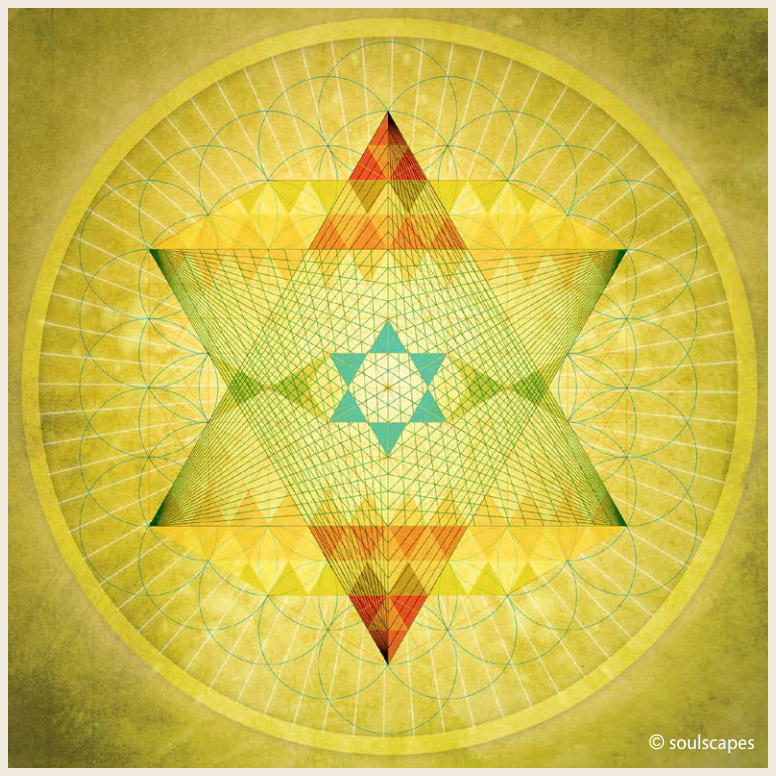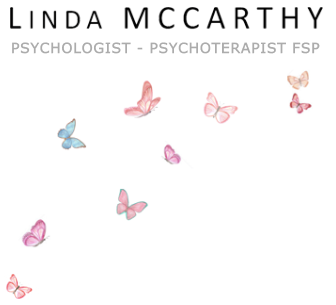
The curious paradox is that
when I accept myself just
as I am, then I can change.
Carl Rogers
when I accept myself just
as I am, then I can change.
Carl Rogers
EFT
EFT 1
EFT (Emotional Freedom Technique) is a simple method of energy therapy inspired by Traditional Chinese Medicine. It was developed in the 1990’s in the United States by Dr. Roger Callahan, who named it “Callahan Techniques: Thought Field Therapy”. One of his students, engineer Gary Craig, then refined the technique, making it more accessible to all and renaming it “EFT”. Based on kinesiology (acupuncture) and NLP (Neuro-Linguistic Programming), it is founded on the hypothesis that any negative thought is caused by a disruption of the personal energy system.
It combines the tapping of specific acupuncture points and the verbalization of the problem to be treated, thus allowing an accelerated treatment of psychological blockages.
A true path of self-acceptance, this technique can be applied to all forms of physical, emotional, or psychological problems, helps to free oneself from addictions (tobacco, alcohol, chocolate…), allergies, behavioral disorders, phobias, or specific traumas, all in a gentle way!
EFT 3 – a variation of EFT 1
EFT3, a technique developed by Dr. Marc Muret, is a “dissociative” variant of EFT 1 and uses visualization. This visualization takes place on an imaginary stage where we can bring up parts of ourselves at different ages, resources, and other people (to work on our representation of someone). It offers an easy way to integrate “personality parts”. This therapeutic technique integrates approaches as different as structural dissociation (Nijenhuis et al.), ego-states therapy (Watkins), the BASK model (Brown) or the inner family system (Schwarz).
